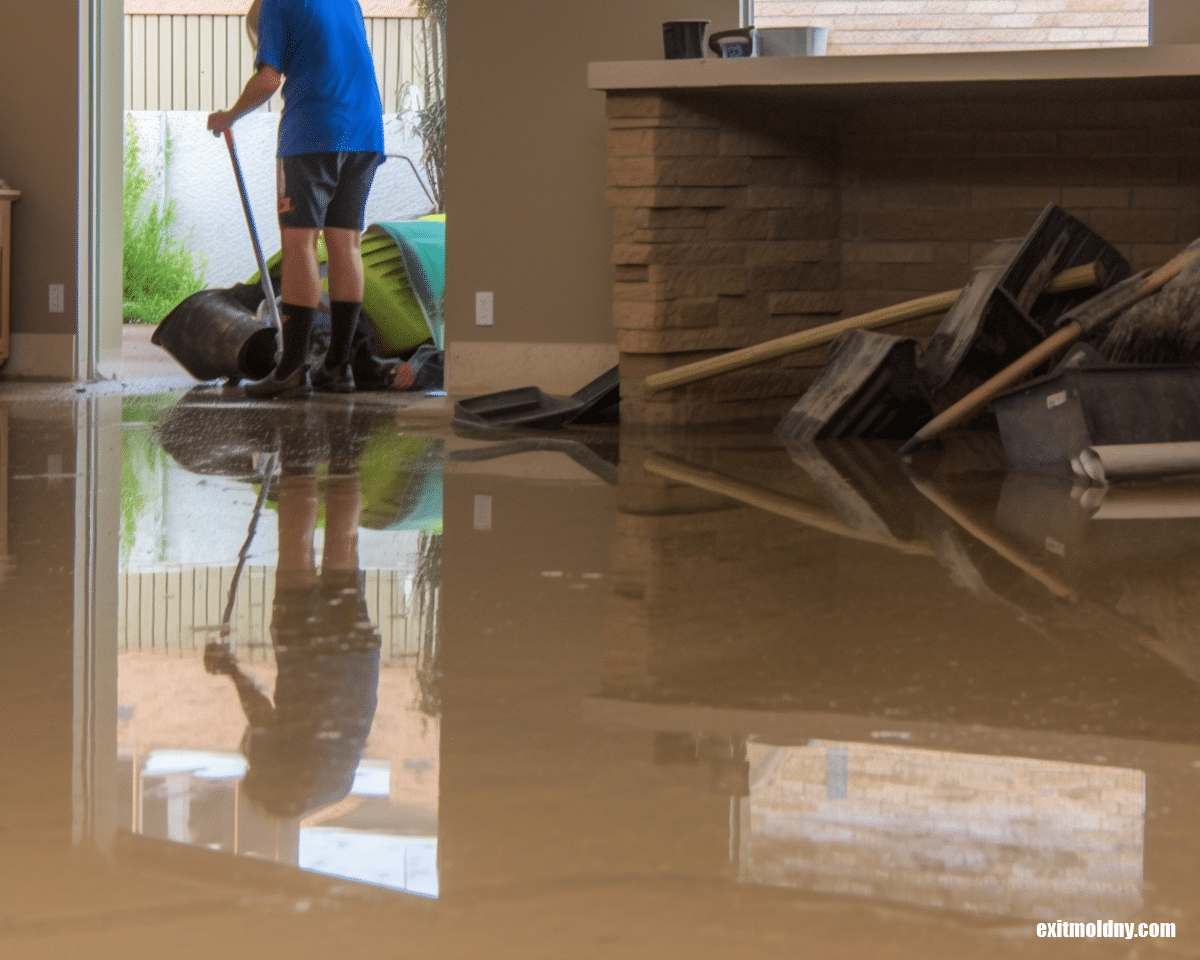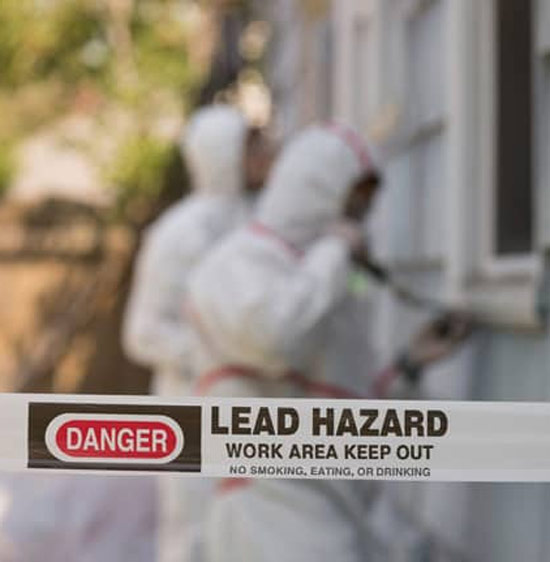Relied On Lead Paint Removal Company-- NYC's Premier Lead Reduction Service
Relied On Lead Paint Removal Company-- NYC's Premier Lead Reduction Service
Blog Article
Comprehensive Overview on Effective Lead Offense Elimination Techniques
In the realm of environmental safety, attending to lead infractions demands a careful and organized strategy. This detailed overview begins by highlighting the vital initial actions of recognizing lead risks with sophisticated assessment and testing methods. The overview elaborates on the significance of adhering to rigid safety and security procedures during the removal procedure, consisting of the use of proper PPE and separating affected locations.
Recognizing Lead Dangers
Recognizing lead hazards is an essential very first action in mitigating the dangers associated with lead direct exposure. Lead, a toxic metal, can be existing in various ecological tools, including paint, dirt, water, and dust.
The preliminary stage in determining lead dangers entails recognizing typical lead resources within the constructed environment. Structures developed prior to 1978 are specifically at risk because of the prevalent use lead-based paint during that period. In addition, soil contamination can happen from weakening exterior paint, commercial exhausts, or historic use of leaded gasoline.
One more significant resource is lead piping and pipes fixtures, which can leach introduce alcohol consumption water. Durable goods such as toys, ceramics, and imported items may also have damaging lead levels. Notably, occupational environments and pastimes entailing lead can track pollutants right into homes.
Assessment and Screening
When addressing lead hazards, effective analysis and screening are extremely important. This important action makes certain the identification and metrology of lead presence, therefore directing succeeding remediation efforts. Preliminary assessment normally entails an aesthetic assessment to identify possible lead sources, such as weakening paint or infected dust. This is enhanced by more strenuous screening approaches to establish the extent of contamination.

Dust clean sampling is one more vital technique, particularly in household settings. By accumulating examples from floorings, windowsills, and various other surfaces, this method supplies understandings right into prospective exposure threats. Dirt screening around building perimeters is essential to spot lead contamination that could posture dangers, especially to children.
Safe Elimination Procedures
Upon completing complete analysis and testing, executing safe elimination procedures is the following critical phase in resolving lead hazards. This process guarantees that lead-contaminated materials are properly and safely removed, reducing threat to both workers and homeowners. The initial action includes isolating the affected location utilizing plastic bed linen and appropriate sealing methods to avoid the spread go to my site of lead dirt.
Workers have to put on appropriate personal protective equipment (PPE), consisting of respirators, gloves, and disposable coveralls, to minimize exposure. Employing specialized tools and damp approaches, such as damp sanding or using HEPA-filtered vacuum cleaners, decreases the diffusion of lead bits. It is critical to avoid dry sanding or abrasive blasting, as these methods can generate hazardous lead dust.
Waste disposal is an additional important part; all polluted materials need to be firmly bagged and classified according to EPA and neighborhood regulations. In addition, extensive cleansing of the workplace with HEPA vacuums and wet wiping ensures the elimination of residual lead particles.
Post-Removal Confirmation

Verification of effective lead removal, understood as post-removal confirmation, is necessary to make certain the safety and habitability of the remediated location. This inspection guarantees that all recognized sources of lead have been addressed site here and that no visible signs of contamination continue to be.
Adhering to the aesthetic examination, ecological tasting is carried out. This includes collecting dust, dirt, and occasionally water examples from the remediated area. Certified laboratories analyze these examples to gauge lead levels, ensuring they drop listed below the security thresholds developed by governing bodies such as the Environmental Defense Company (EPA)
Furthermore, air quality screening may be performed to detect air-borne lead bits, especially in instances where considerable lead-based paint removal or remodelling has actually occurred. The outcomes of these tests provide measurable data validating that the lead degrees are within acceptable restrictions.
Eventually, post-removal verification offers as an important checkpoint, verifying the performance of the lead abatement initiatives and securing the health of owners and visitors.
Preventative Steps and Upkeep

A vital preventive measure includes using lead-safe accredited service providers for any type of improvement, repair work, or paint tasks. These experts are learnt practices that reduce lead dirt and debris. Furthermore, keeping painted surfaces to prevent damaging or peeling is necessary, as wearing away paint can release lead bits right into the setting.
Educational initiatives targeting homeowner and renters relating to the threats of lead and the importance of reporting any prospective dangers can better boost preventive efforts. Routine cleaning utilizing HEPA vacuum cleaners and damp wiping strategies can dramatically reduce lead dust accumulation.
Conclusion
In summary, efficient lead infraction removal requires a careful technique including linked here detailed analysis, specific screening, and rigorous elimination treatments. Making sure safety and security with appropriate isolation and personal protective equipment remains paramount. Post-removal confirmation using ecological tasting and air high quality testing substantiates compliance with well-known safety and security requirements. Continuous evaluations and upkeep are necessary to alleviate future lead risks, therefore securing public health and wellness and ensuring continual compliance with governing demands.
Report this page